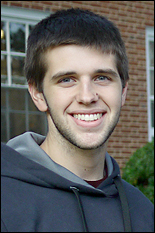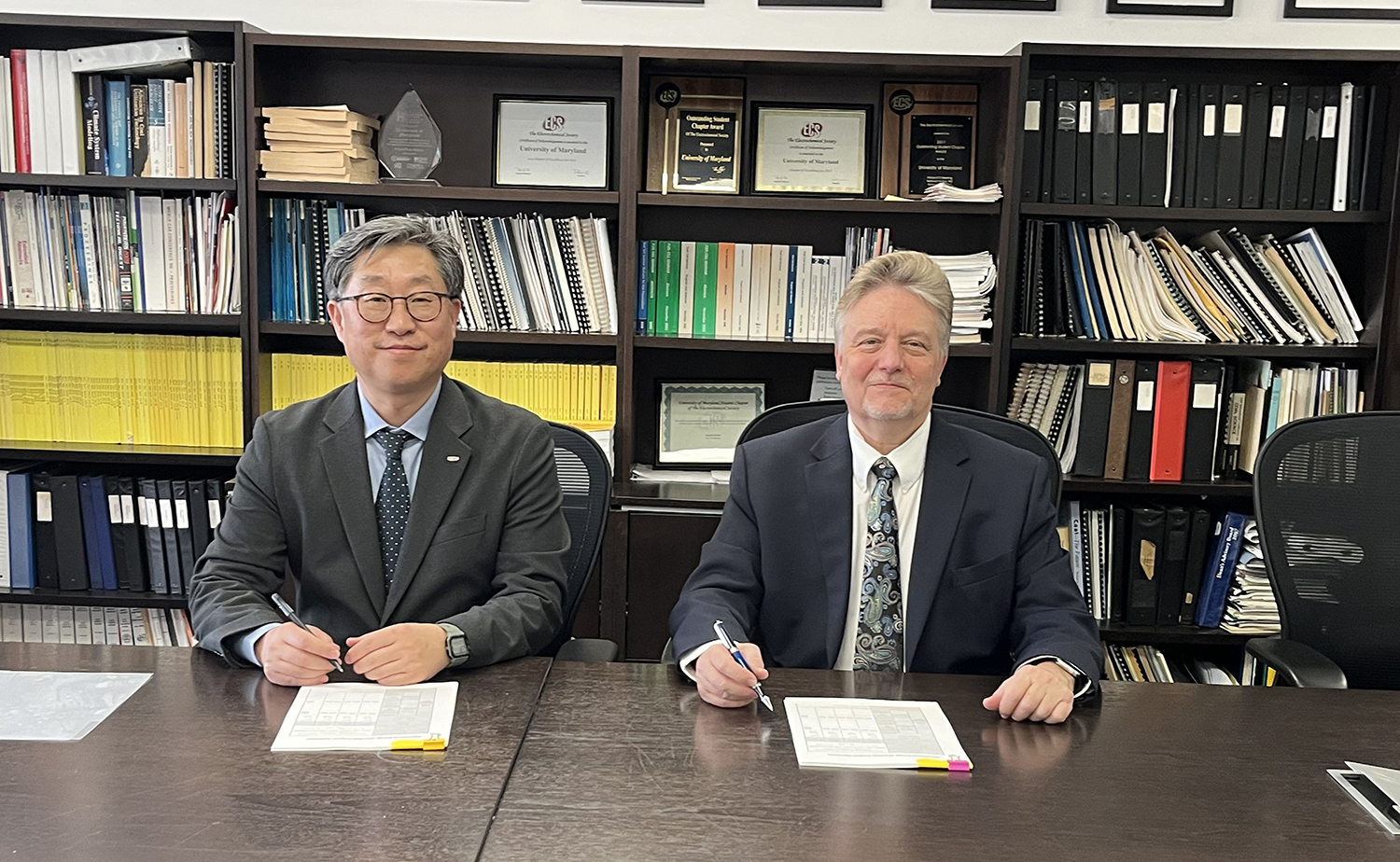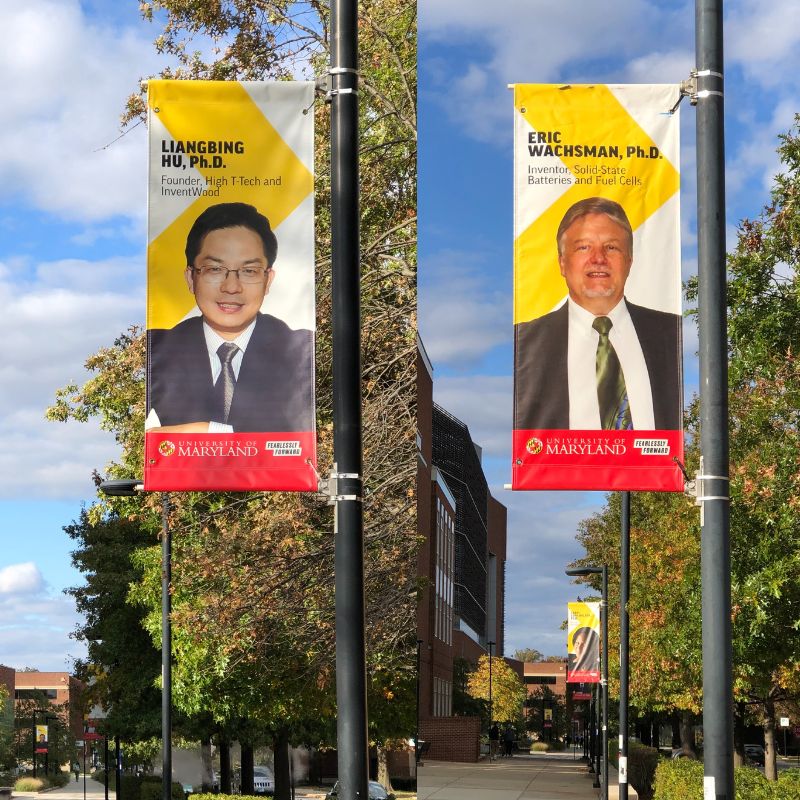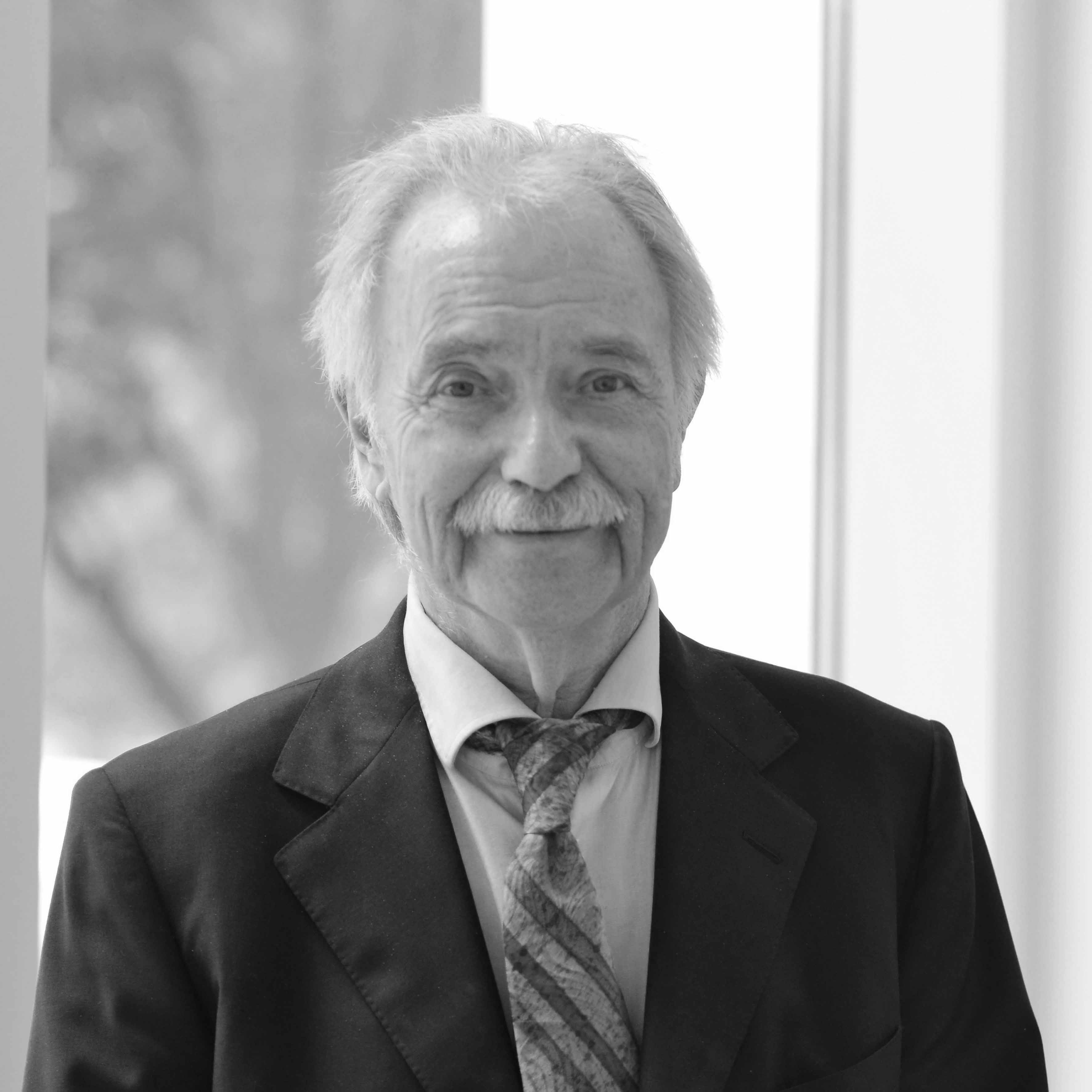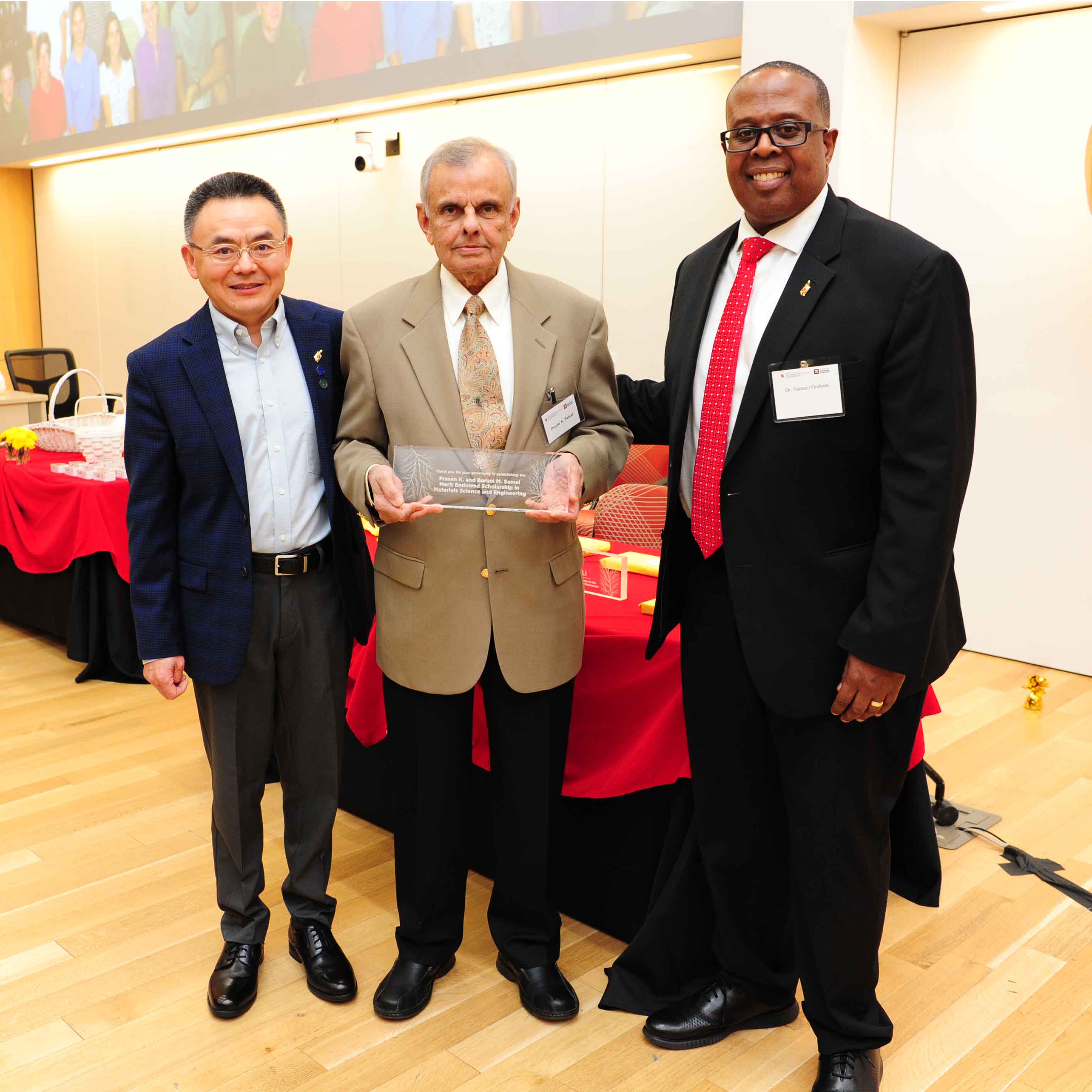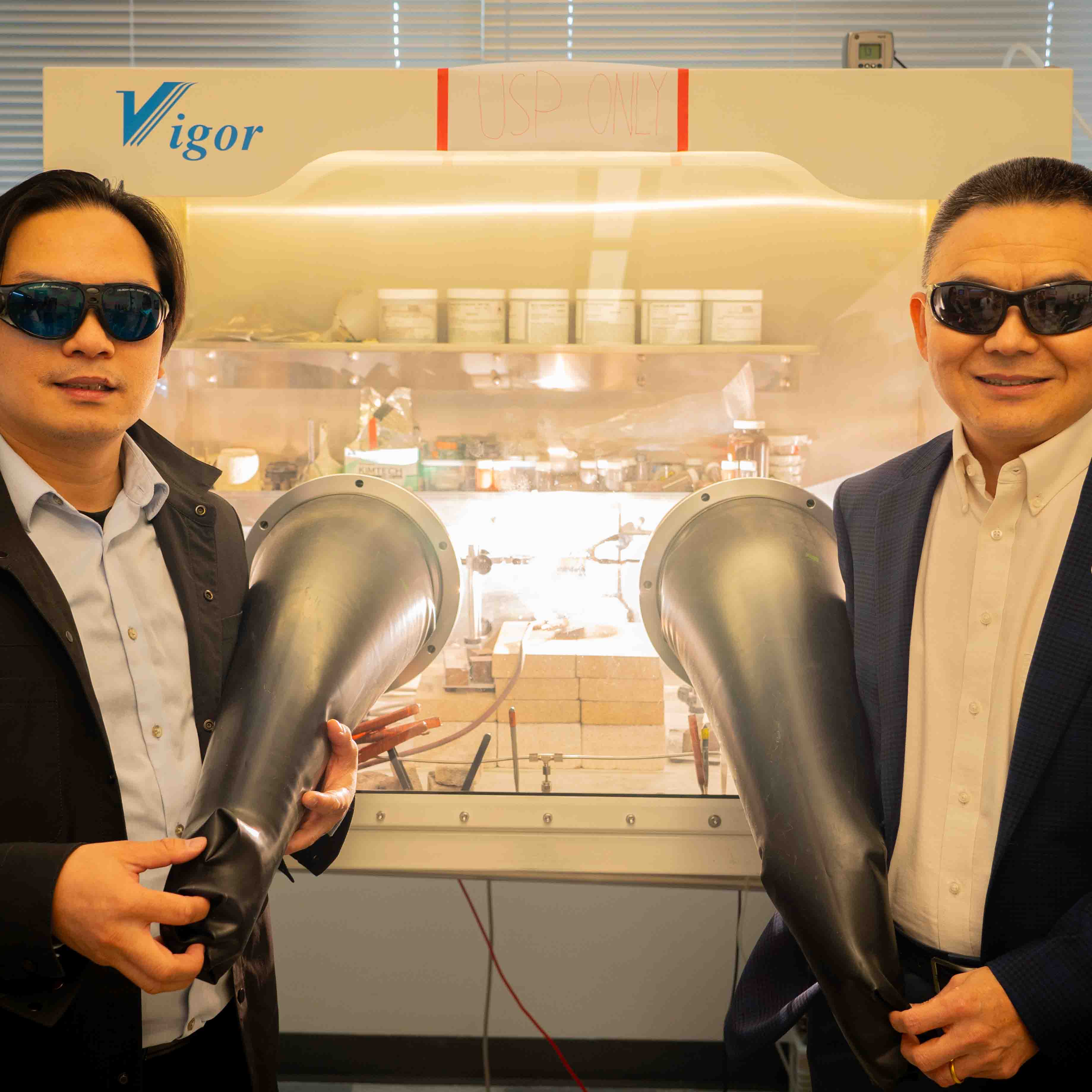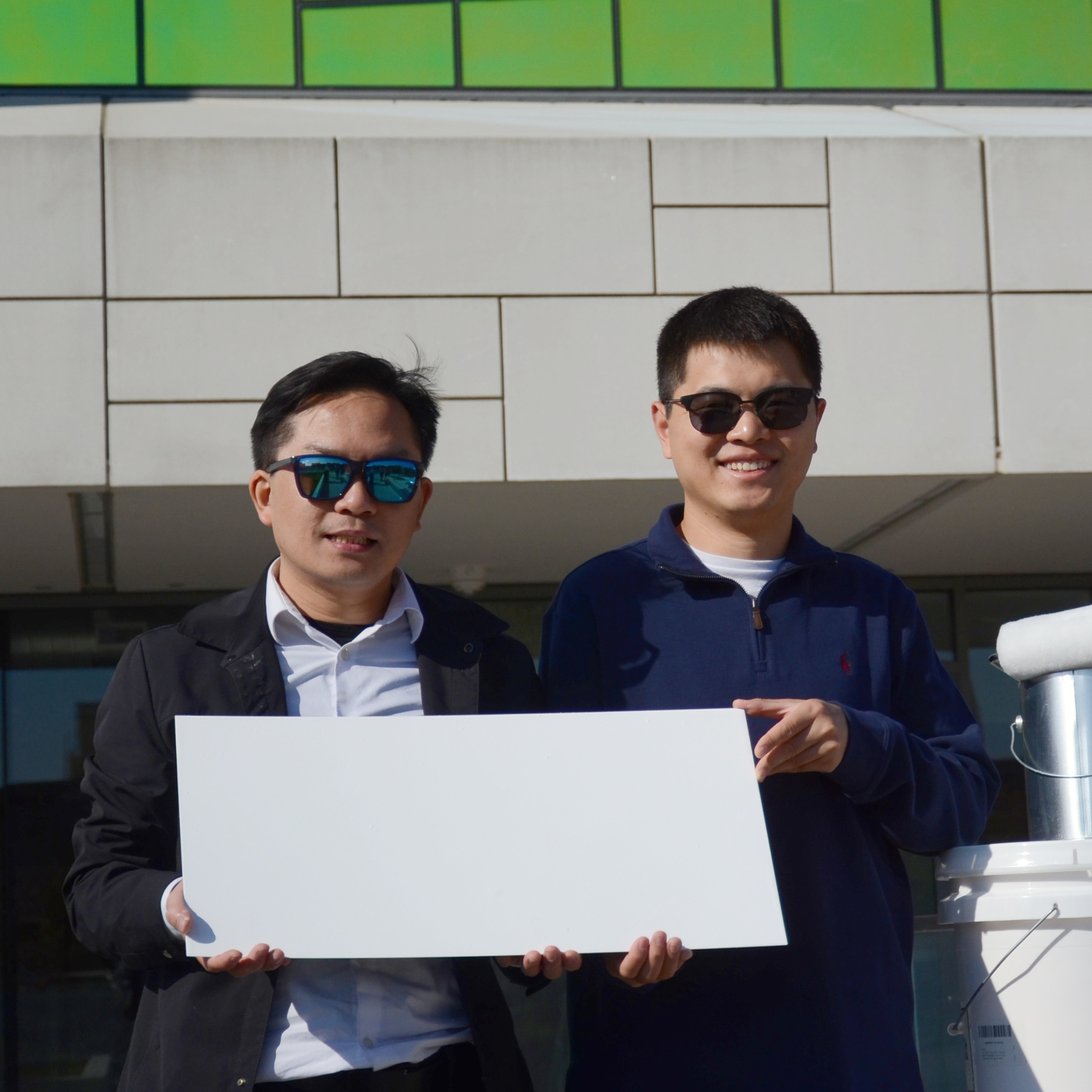News Story
Taillon Wins NSF Graduate Research Fellowship
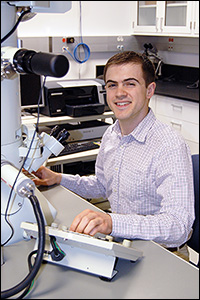
MSE graduate student and NSF Graduate Research Fellow Joshua Taillon.
Silicon carbide (SiC), Clark School Department of Materials Science and Engineering (MSE) graduate student Joshua Taillon explains, is a material that has "immense potential" to improve the efficiency and performance of electronic devices for high-power applications, including renewable energy, aerospace equipment, communications systems, and electric vehicles.
"The primary benefit of silicon carbide is that it can be used in many environments where [typical] silicon-based devices simply cannot function," he explains, "–at high temperatures, high power levels, in high radiation environments, or in space. Silicon carbide-based sensors, for example, can be operated at temperatures up to about 900 degrees Celsius. Ordinary silicon breaks down at about 350 degrees." SiC also maintains its stability in these extreme environments longer than ordinary silicon, he adds, which could lead to savings in the form of devices that need to be replaced less often.
All microelectronics rely on an interface between a semiconductor (typically silicon) and an oxide layer (typically silicon dioxide). Despite SiC's advantages as a semiconductor, the commercialization of devices that use it has been limited due to atomic-scale defects that occur at these interfaces.
Taillon's search for answers that could lead to overcoming this fundamental flaw now has the support of the National Science Foundation (NSF), which has awarded him a Graduate Research Fellowship. He is honored to have received the award, which he says will assure his financial security and give him the freedom to explore additional areas of research.
Taillon, advised by MSE professor Lourdes Salamanca-Riba, uses techniques including transmission electron microscopy and electron energy loss spectroscopy to characterize the interface of SiC-based electronics in order to learn more about the material's performance-limiting defects. He collaborates with electronic device researchers from Rutgers University, Auburn University, and the U.S. Army Research Laboratory on the work, which has been presented at several conferences and published in the Journal of Applied Physics. The team, one of a few applying these microscopy and spectroscopy techniques to SiC systems, hopes its research will lead to a better understanding of the fundamental physics that control them.
After earning his B.S. is in Materials Science and Engineering from Cornell University, Taillon chose to study MSE at the Clark School because of its expert faculty, location near and partnerships with national labs, and its focus on the development of materials for energy applications.
"I have had access to the highest-quality characterization tools–both here and at NIST [the National Institute of Standards and Technology]–and am surrounded by faculty and students who are driven and passionate about using their research talents to positively affect the world," he says. "It has been an incredible learning experience to be part of ground-breaking research that has such immediate real-world applications."
After earning his Ph.D., he would like to continue his research in either an industry or government setting. He has also developed an interest in federal science policy, and is considering how he could contribute to the government's decision-making process. "[I] think that there is a critical need for advanced researchers to have a stronger impact informing policymakers on scientific issues," he says.
For More Information:
Visit the NSF Graduate Research Fellowship web site »
Visit Joshua Taillon's web site »
See: Joshua A. Taillon, Joon Hyuk Yang, Claude A. Ahyi, John Rozen, John R. Williams, Leonard C. Feldman, Tsvetanka S. Zheleva, Aivars J. Lelis, and Lourdes G. Salamanca-Riba. Systematic structural and chemical characterization of the transition layer at the interface of NO-annealed 4H-SiC/SiO2 metal-oxide-semiconductor field-effect transistors. J. Appl. Phys. 113, 044517 (2013); dx.doi.org/10.1063/1.4789924.
Published May 15, 2013
